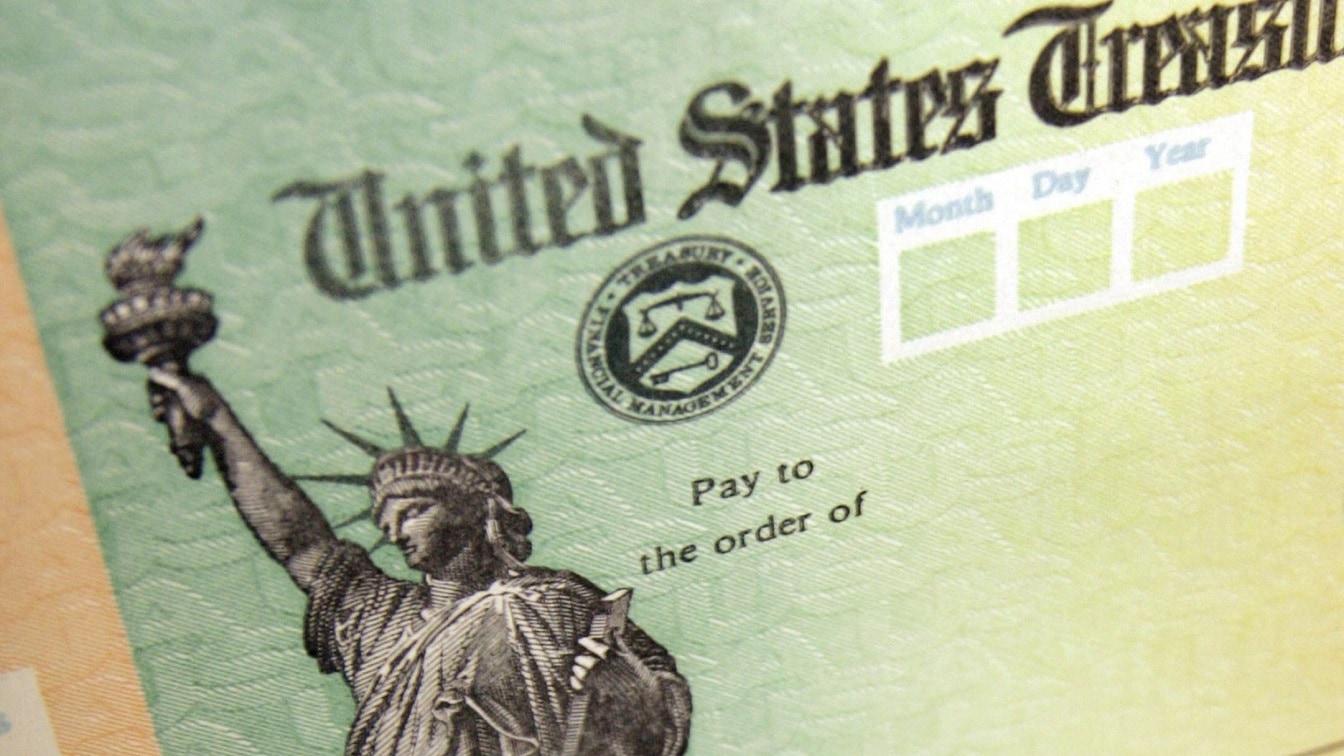Bonds Reboot? Now could be a rough time to play the stock market. The Dow Jones Industrial Average and the tech-heavy Nasdaq have taken a pounding in recent weeks, and while there will remain opportunities to make a quick profit – timing will be crucial. Even those in for “the long haul” and who subscribe to the opinion that over time the market always goes up, might not be feeling good about their portfolios right about now.
For those who want a safe and secure long-term bet, and won’t need quick access to the funds; now could be the time to take a fresh look at savings bonds. Even with inflation at a 40-year high of 8.6 percent, and interest rates on a steep rise, there is good reason to turn to the Treasury Department’s bonds.
What Are Bonds?
Essentially these are a way for individuals to provide a loan to the U.S. government. For those who don’t need the money for a while; they’re a solid and safe bet.
A savings bond will earn interest until it “matures” at 30 years, but you can still cash out penalty-free anytime after just five years. When it comes time to get your money, the government repays you the amount you paid for the bond, plus interest.
Bonds are fairly easy to buy. To be eligible you need to be a U.S. citizen or a civilian employee of the U.S. government. In addition, trusts and estates can also purchase I bonds (see below) in some cases. Today, buying bonds doesn’t even require a trip to the bank – and it is now as easy as opening a TreasuryDirect account. You can buy up to $10,000 in electronic bonds online, or up to $5,000 in paper I bonds with your federal income tax return.
There are currently two very good options to choose from.
Series EE
The first choice to consider is the Series EE, which is also known as the “patriot bonds.” These bonds are purchased at face value, and interest is compounded semi-annually, adding to the face value. When you redeem the EE, you receive the full face value plus your interest.
The bonds are currently being offered with a fixed interest rate of 0.10 percent, but if you can hold the bond for 20 years, the government will make a one-time adjustment so that it is worth twice as much as you paid for it – regardless of the interest rate.
Series I
Currently, I Bonds are paying an annual rate of 9.62 percent through October, which is the highest interest rate have been paid since they were launched in 1998. That far exceeds the current rate of inflation, but also recent rates for one-year CDs, which were recently averaging 0.23 percent; or online saving accounts, which were paying just 0.60 percent.
As with other savings bonds, I Bonds pay monthly interest, which starts from the first day of the month you make the purchase. That means even if you buy a bond late in the month, you’ll still get the interest for the entire period. That interest accrues over 30 years or until you cash in, and more importantly, taxes on the interest can even be deferred until you pull out the money. The only downside of Series I Bonds is that you can’t make a withdrawal during the first 12 months after purchase, and if you cash out during the first five years, you will have to pay a penalty of three months worth of interest.
However, economists have suggested that even if inflation cools down, I Bonds should still pay competitive rates over the next year or two. That may explain why the demand for I Bonds has been so great that the website even faced an outage last month.
Now could be the time to get “bonded.”
Now a Senior Editor for 1945, Peter Suciu is a Michigan-based writer who has contributed to more than four dozen magazines, newspapers and websites. He regularly writes about military hardware, firearms history, cybersecurity and international affairs. Peter is also a Contributing Writer for Forbes.

